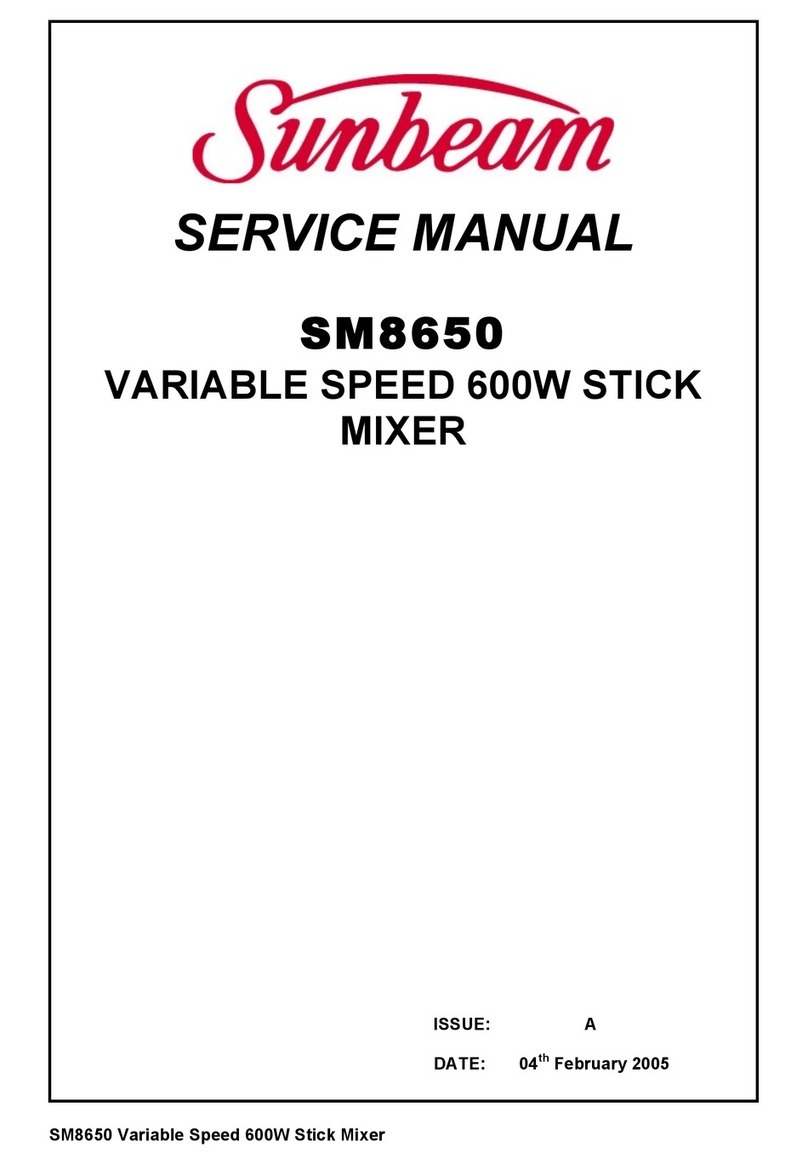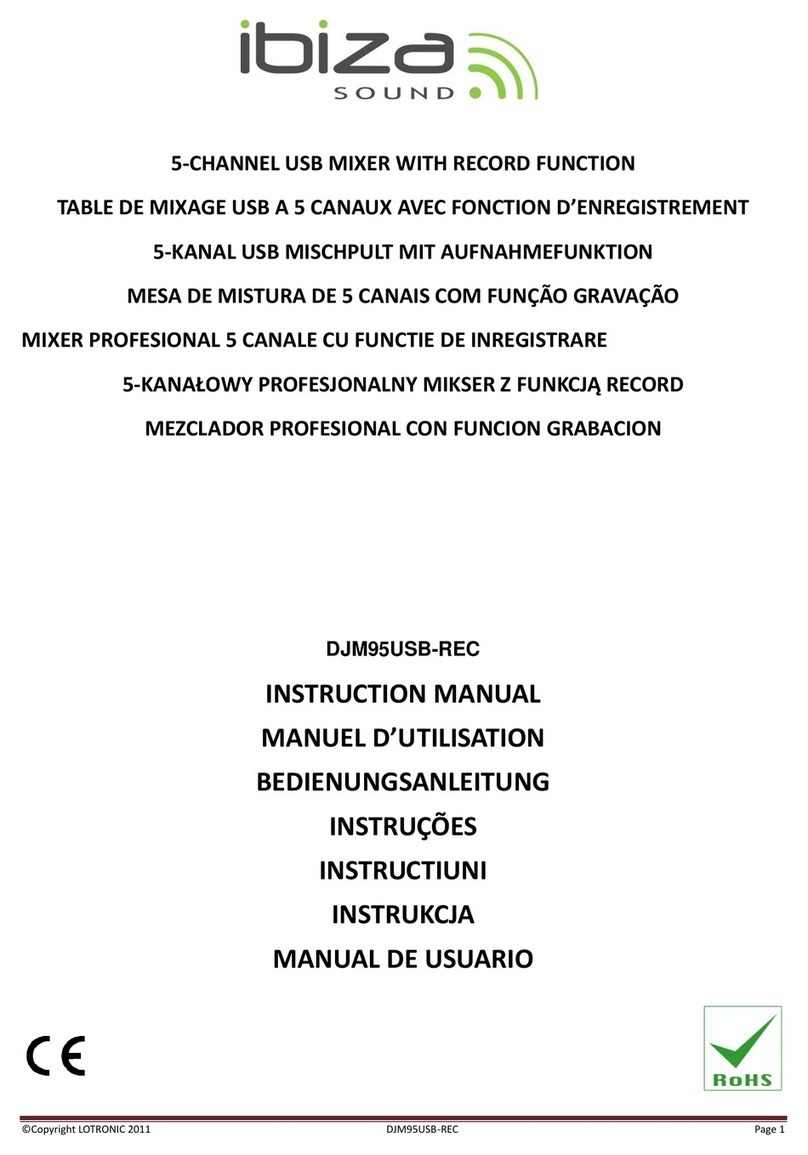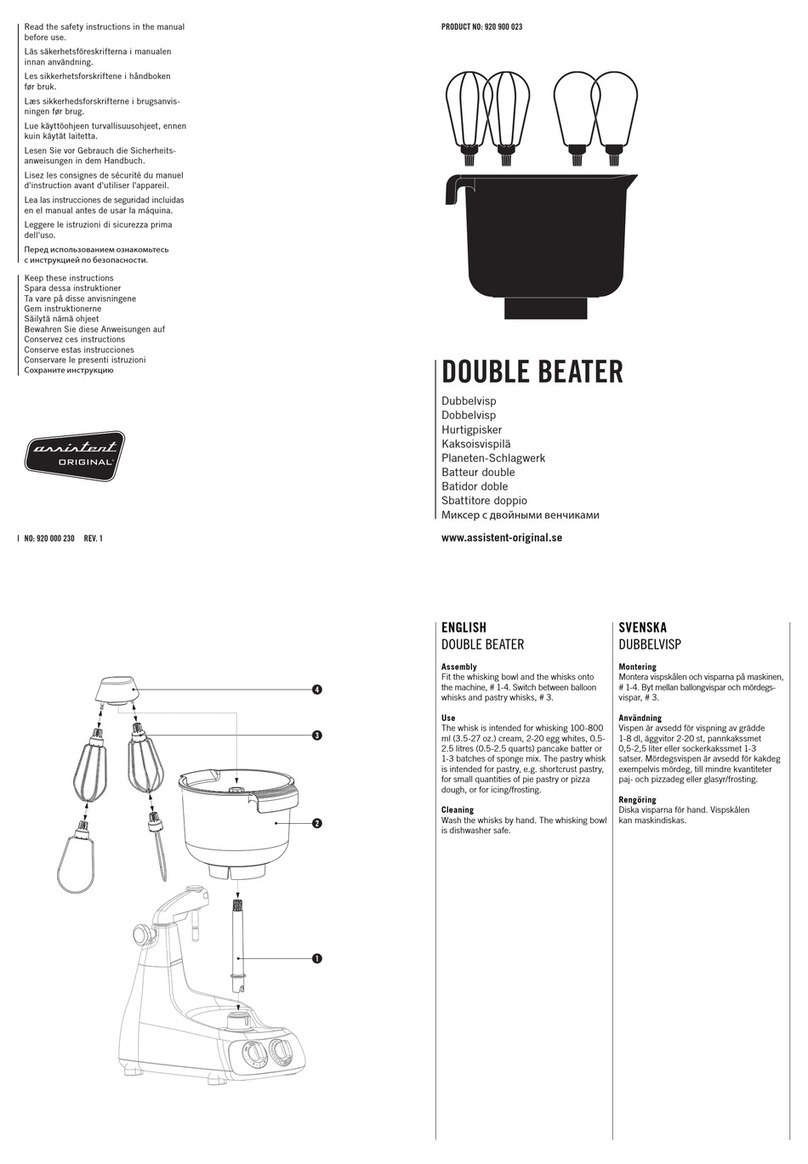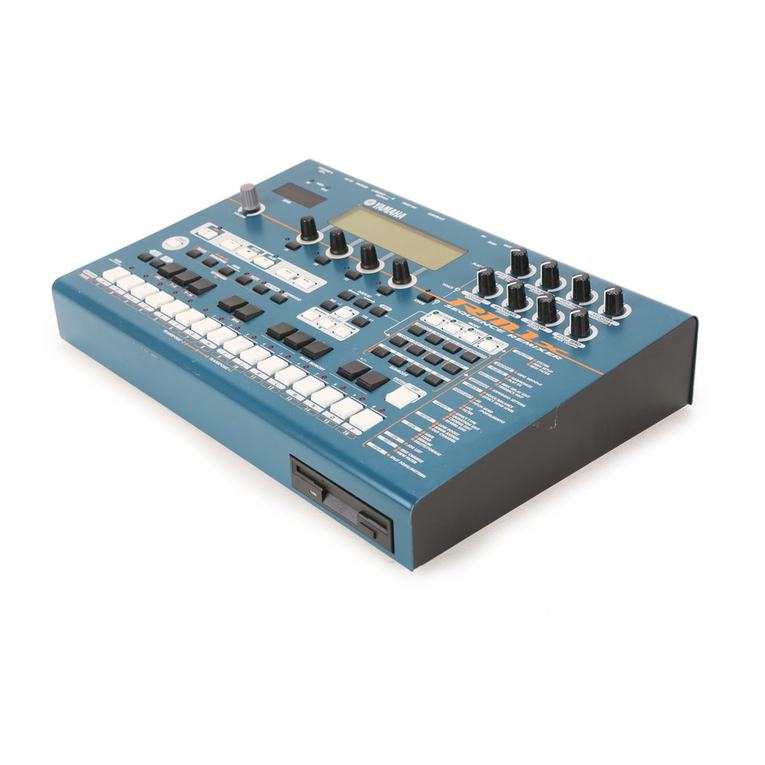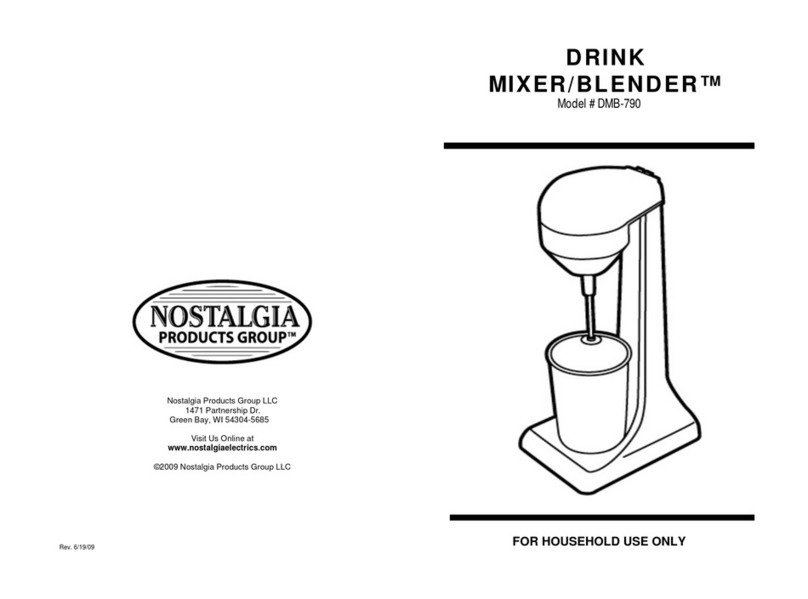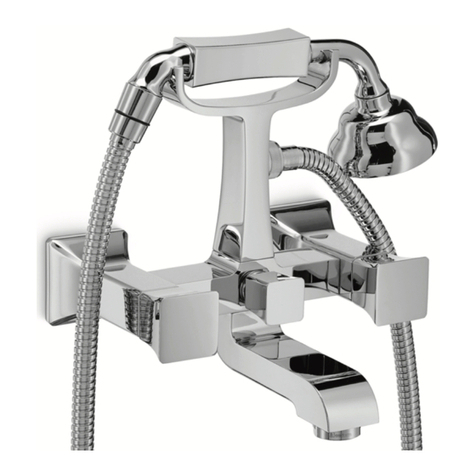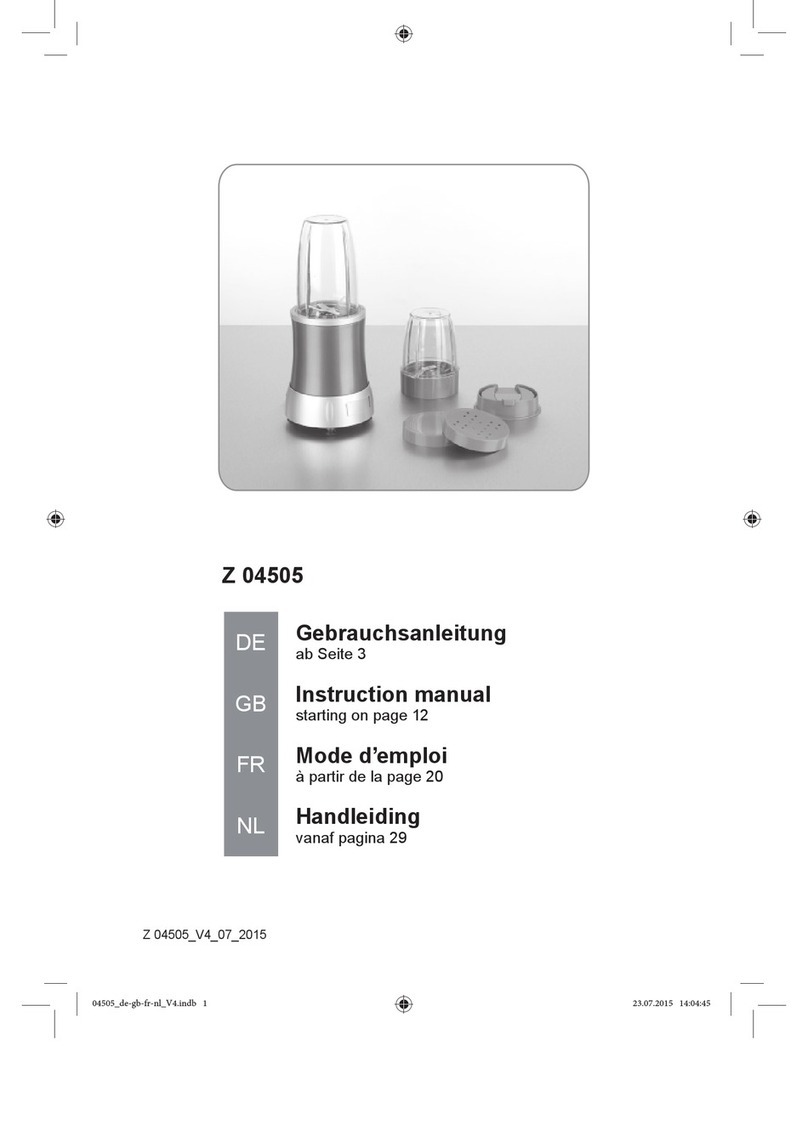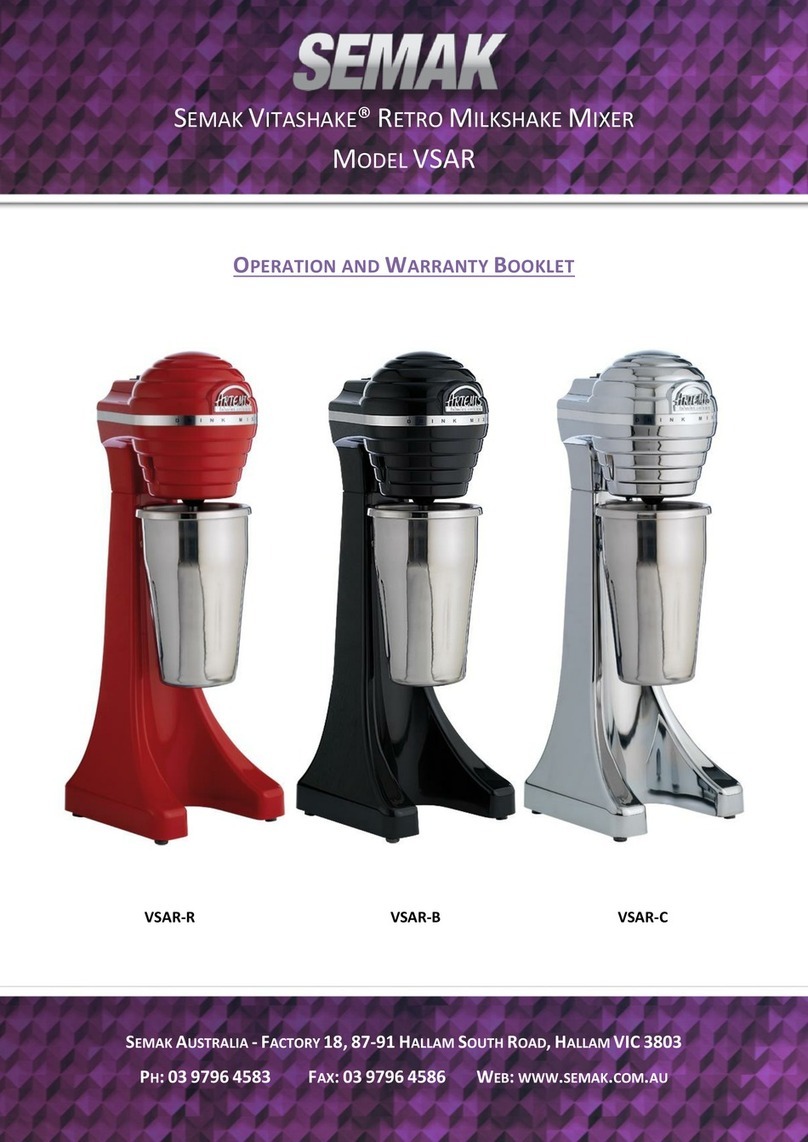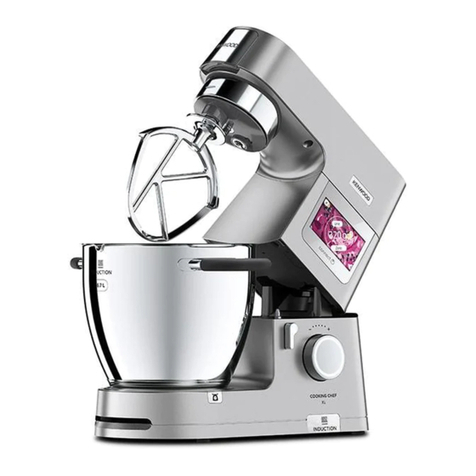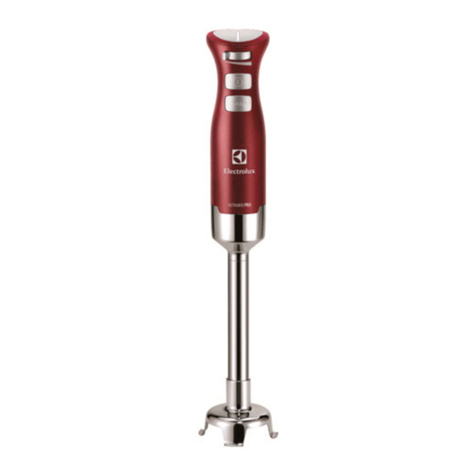Roemtech PMA-350H User manual

Instruction Manual
PMA-350H
www.roemtech.com
List of Contents
1. Plenum Rated Stereo
Mixer/Amplifier - 50 watts
2. Regulated 60 watt Power Supply
(Not Plenum Rated)
3. Universal 5’ Power Cord
(Not Plenum Rated)
4. Pair of Wire Nuts
5. Three Detachable Terminal Blocks
™
Typical Stereo
Wiring Diagram
Left
Front
Speaker
Left
Rear
Speaker
Right
Front
Speaker
Right
Rear
Speaker
(Power connections
are polarity
tolerant at amp.)
-/+
-/+
-/+
-/+ This setup provides true stereo
separation, for mono simply
move the “stereo/mono” switch
to the “mono” position.
To Power
Supply
2 Traditional
Screw Type
( (
(
(
1 New Insulation
Displacement Type
P/A
SENSE
P/A
SENSE
INPUT 2
INPUT 2
3.5MM3.5MM
STEREOSTEREO 3.5MM3.5MM
STEREOSTEREO
INPUT 1
INPUT 1
L RL R
RCA STEREO
www.roemtech.com
DUCK LEVEL
P/A MIC
P/A
PMA-350H
MIC
AUX
SPEAKERS PWR
+ L - + R - +/- +/-
DUCK
LEVEL
MONO
ALL
STEREO
ALL
25V - 100V
Auto HummBuster
How it Works
Auto HummBuster technology (patent pending) is a state of the art troubleshooting
system invented in the research labs of Roemtech outside of Dallas, Texas. Until now,
when there was an unwanted hum or buzz in an audio system, it required a technician to
come in and analyze the sound system. Typically, this required a modification of the
existing setup, sometimes leading to many more hours of work and untold expenses.
This sort of scenario is not uncommon. With Roemtech’s new Auto HummBuster
technology, unwanted noise issues can be resolved with the simple push of a button.
When the Auto HummBuster button is pushed, the PMA-350H’s internal circuitry
intelligently analyzes each incoming audio signal. It next determines which audio
source is guilty of generating the noise, then it safely and properly gets rid of it. Due to
sophisticated and proprietary circuitry pioneered by Roemtech, it does all of this while
leaving the original audio content pure and unaffected. The HummBuster feature
should be operated during a time when the source material has been muted or is not
being played but the sources have all been plugged in. It can then make a decision that
is more acurate. For more information about Roemtech innovation and other Roemtech
products, visit www.roemtech.com.
FCC Note: This equipment has been tested and found to comply with the limits for a Class B digital device, pursuant to part 15 of the FCC Rules.
These limits are designed to provide reasonable protection against harmful interference in a residential or commercial installation. This equipment
generates, uses and can radiate radio frequency energy and, if not installed and used in accordance with the instructions, may cause harmful
interference to radio communications. However, there is no guarantee that interference will not occur in a particular installation. If this equipment does
cause harmful interference to radio or television reception, which can be determined by turning the equipment off and on, the user is encouraged to try
to correct the interference by one or more of the following measures:
- Reorient or relocate the receiving antenna.
- Increase the separation between the equipment and receiver.
- Connect the equipment into an outlet on a circuit different from that to which the receiver is connected.
- Consult the dealer or an experienced radio/TV technician for help.
- Or, call Roemtech, we would love to help.
Changes or modifications not expressly approved by the party responsible for compliance could void the user's authority to operate the equipment.

TWEAKER
Locks Cable
Into Place
Allows for Cable
Insertion or Removal
1. DO NOT strip wire. This is not
optional. If wire is striped, cut
off exposed copper.
2. Make sure levers are in the
“open” position. (The RapidLock
connector typically comes with
the levers flipped out or “open”.)
3. Each lever has two holes, one
is square and one is round.
Insert the cable into the round
hole while inserting the tweaker
into the square hole. Once both
are fully inserted, pull the tweaker
so that the lever is completely
closed.
New RapidLock Connector
RapidLock Instructions
INPUT 1
L RL R
RCA STEREO
RCA STEREO
www.roemtech.com
MIC
AUX
INPUT 2INPUT 2 MICAUX PWR
PWR
Min MaxMin MaxMin MaxMin Max Min MaxMin Max
PMA-350H
www.roemtech.com
VOL
REMOTE
PANEL
ONLY
HUMM-
BUSTER
AUTO
PUSH
Front Panel
Rear Panel
P/A
SENSE
P/A
SENSE
INPUT 2
INPUT 2
3.5MM
STEREO
3.5MM3.5MM
STEREOSTEREO
DUCK LEVEL
P/A MIC
P/A
PMA-350H
SPEAKERS PWR
+ L - + R - +/- +/-
DUCK
LEVEL
MONO
ALL
STEREO
ALL
25V - 100V
Features Features Explained
7
23456
910 11 12 13 14
1 Input 1 Volume Control: Sets attenuation level for input 1 (aka - stereo RCA input).
2 Input 2 Volume Control: Sets attenuation level for input 2 (aka - stereo 3.5mm input).
3 AUX Input Volume Control: Sets attenuation level for AUX input (aka - stereo 3.5mm input).
4 Auto HummBuster Button: This button initiates the Auto HummBuster feature. For more
information on this feature, see the section “Auto HummBuster - How it Works”. This button
also doubles as an EQ preset. If this button is held down for two seconds, the light will flash
once, twice or three times. If the light flashes once, this indicates that the internal EQ is flat,
if it flashes twice, this indicates the internal EQ has been set to perfectly match the SP-230N
Roemtech ceiling speakers, if the light flashes three times, this indicates that the EQ has been
set to perfectly match the Roemtech SP-340 cabinet speakers
5 Auto HummBuster Light: This yellow LED flashes quickly five times while the amplifier
executes the Auto HummBuster feature to indicate that the function is successfully running.
6 Remote Volume Control Jack: This jack can ONLY be attached to a ROEMTECH wall
volume control. The jack supplies 5V over one of the wires and uses it to be controlled by a
10K potentiometer. In addition, three of the wires can be used for an analog line level stereo
signal that gets mixed in with Input 2 and is also attenuated by its volume knob. For more
information regarding this feature, contact Roemtech technical support.
7 Power Light: This light indicates three possible conditions for the amplifier. 1). Steady on
indicates amplifier is powered up and internal processor is functioning. 2). One short blink each
second indicates that amplifier is in sleep mode (see “Sleep Mode” for more information). 3).
Fast blinking indicates that the PA Override is currently engaged (see “PA Sense” for more
information).
8 AUX Input: This input is a stereo 3.5mm jack that accepts most unbalanced stereo signals.
9 Input 1: This input is a stereo RCA jack that accepts most unbalanced stereo signals.
10 Input 2: This input is a stereo 3.5mm jack that accepts most unbalanced stereo signals.
11 Mono All - Stereo All: This switch determines whether the output will be separated stereo or
combined mono. In the mono mode, all speakers output the same exact audio. In stereo mode,
you get true stereo separation for left and right channels as indicated at the terminal block.
12 Duck Level: This feature allows you to control the sensitivity of the PA ducking threshold.
For example: If there is some constant noise on the PA system that is tied to the amplifier, then
the sensitivity can be decreased by turning the control clockwise until the noise no longer triggers
the PA override function.
13 PA Sense: This connection should be made to the public address or alarm system via a two
conductor wire. Polarity is not important. The impedance of this input is in the mega-Ohm range
and will not create a detectable load on any system that it is tied to. This input is designed to
automatically detect and adapt to any signal it sees from 3Vrms to 100Vrms (standard high-level
distributed audio) without issue.
14 Speaker/Power Terminal Block Connector: This amplifier contains the new RapidLock
connector. It is designed to eliminate the need to strip the incoming wires (see illustration to the
left). It allows for incredibly fast installations without worrying about stray “hair” wires or stripping
the wire. In addition we include the standard “screw” type terminal block for those that are more
comfortable with the traditional connectors. Use caution not to connect the power cables into the
speaker terminals, this will most likely destroy the amplifier and is not covered by the warranty.
LINE
INPUT 1INPUT 1
1
8
Table of contents
